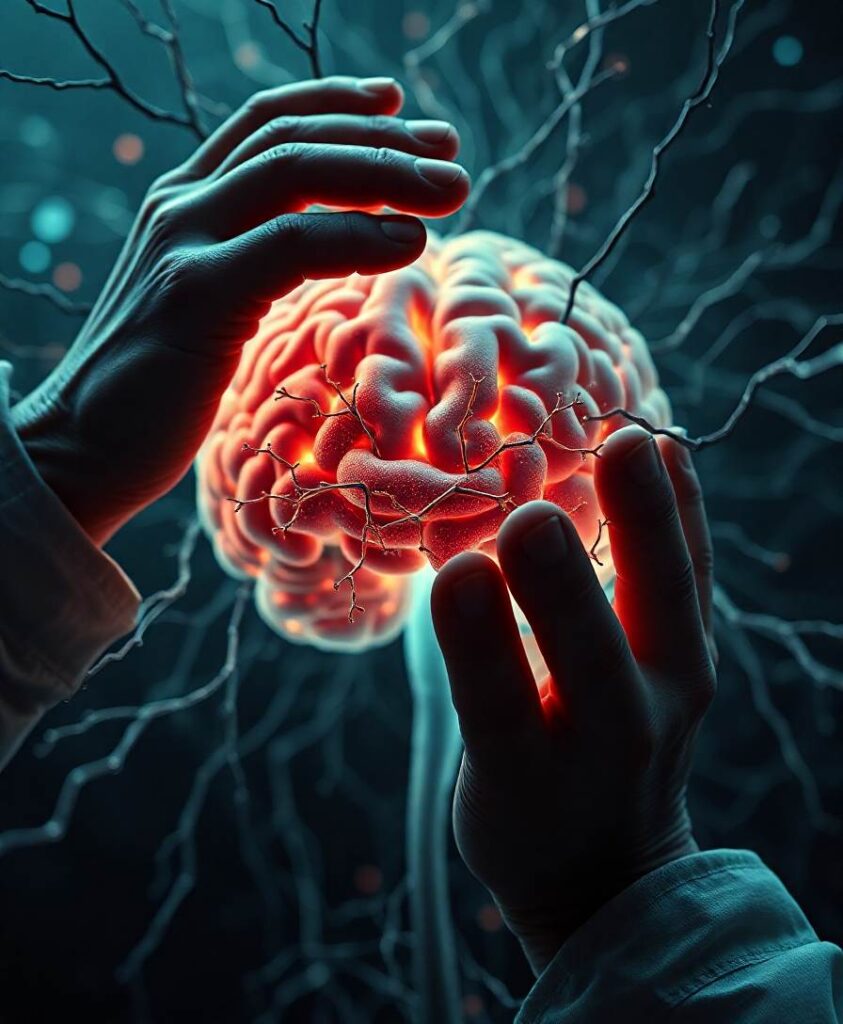Place cells and grid cells are major building blocks of the hippocampal cognitive map. The prominent forward model postulates that grid-cell modules are generated by a continuous attractor network; that a velocity signal evoked during locomotion moves entorhinal activity bumps; and that place-cell activity constitutes summation of entorhinal grid-cell modules. Experimental data support the first postulate, but not the latter two. Several families of solutions that depart from these postulates have been put forward.



